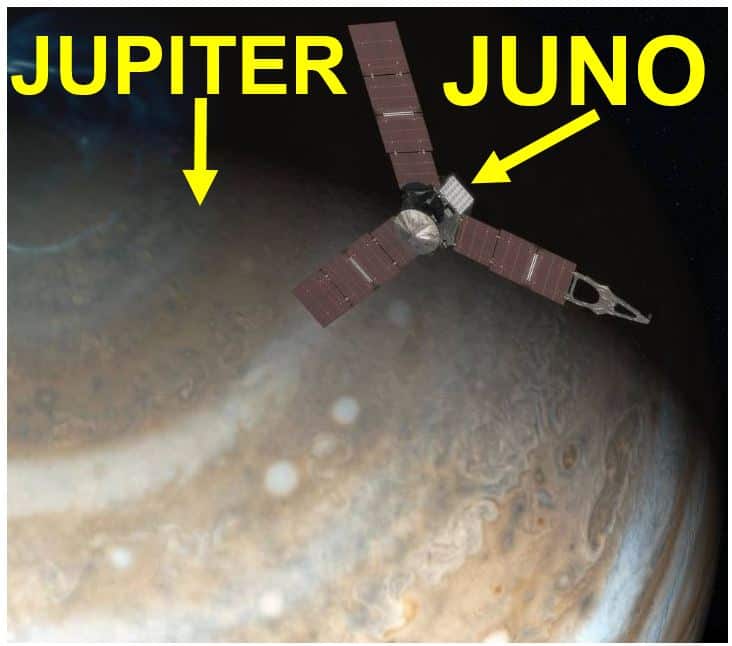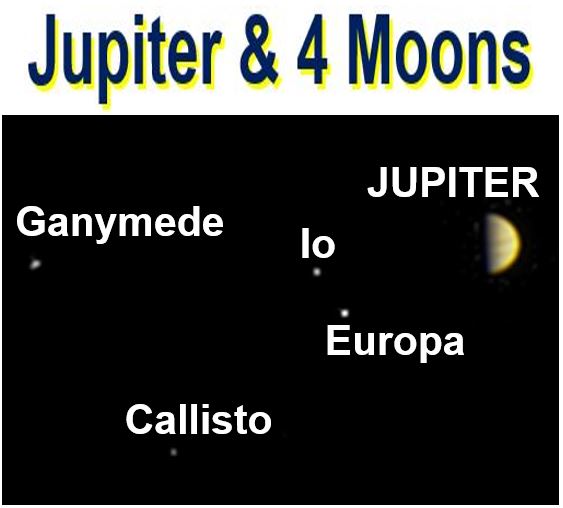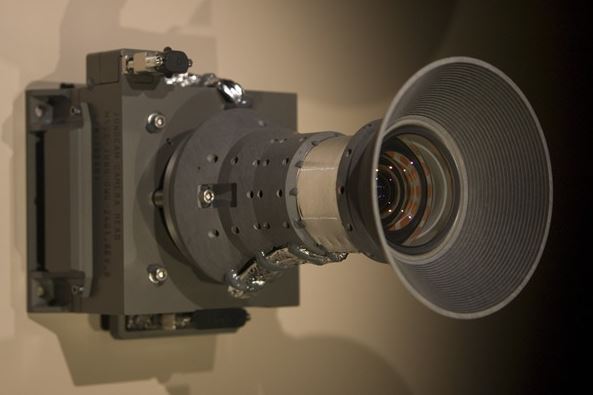NASA’s Juno spacecraft is closing in on Jupiter, and is on time for its 4th July appointment with the gas giant when it goes into a polar orbit. Over the past two weeks, NASA reported that a number of milestones occurred that were key to a successful 35-minute burn of the robotic explorer’s rocket motor.
Juno is a NASA spacecraft, part of the new Frontiers Mission. It was launched from Cape Canaveral Air Force Station on 5th August 2011, and will arrive on the gas planet on 4th July, 2016 – this year.
It will be placed in a polar orbit to study the planet’s composition, magnetic field, gravity field and polar magnetosphere. It will also search for clues regarding how the planet was formed, including whether its core is rocky, how much water is present deep within its atmosphere, the distribution of its mass, and its deep winds which can reach 384mph (618km/h).
 An artist’s impression of NASA’s Juno spacecraft above the north pole of Jupiter. (Image: nasa.gov. Credits: NASA/JPL-Caltech)
An artist’s impression of NASA’s Juno spacecraft above the north pole of Jupiter. (Image: nasa.gov. Credits: NASA/JPL-Caltech)
Juno is second Jupiter probe
The Galileo probe was the first spacecraft to orbit Jupiter, from 1995 to 2003, Juno will be the second.
Rick Nybakken, Juno project manager from NASA’s Jet Propulsion Laboratory in Pasadena, California, said:
“We have over five years of spaceflight experience and only 10 days to Jupiter orbit insertion. It is a great feeling to put all the interplanetary space in the rearview mirror and have the biggest planet in the solar system in our windshield.”
On 11th June, Juno started transmitting to and receiving data from Earth 24 hours a day. This non-stop contact will allow the mission team to closely monitor the spacecraft and know of any developments within ten minutes of their occurrence – that is how long it takes a message to get to us.
On 20th June, the spacecraft’s shield – the one that protects it from interstellar dust and micrometeorites – was opened, and the software programme that will command the probe through the all-important rocket burn was uplinked.
On 28th June, the pressurization of its propulsion system occurs. Then on the 29th, all instrumentation not involved in the successful insertion of Juno into polar orbit on 4th July will be switched off.
 This image of Jupiter and four of its moons was taken by the mission’s imaging camera – JunoCam – at a distance of 6.8 million miles. JunoCam is designed to acquire high resolution images of features on Jupiter’s atmosphere from very close to the planet. (Image: nasa.gov. Credit: NASA/JPL-Caltech/MSSS)
This image of Jupiter and four of its moons was taken by the mission’s imaging camera – JunoCam – at a distance of 6.8 million miles. JunoCam is designed to acquire high resolution images of features on Jupiter’s atmosphere from very close to the planet. (Image: nasa.gov. Credit: NASA/JPL-Caltech/MSSS)
Scott Bolton, Juno’s principal investigator from the Southwest Research Institute in San Antonio, said:
“If it doesn’t help us get into orbit, it is shut down. That is how critical this rocket burn is. And while we will not be getting images as we make our final approach to the planet, we have some interesting pictures of what Jupiter and its moons look like from five-plus million miles away.”
Beautiful image of Jupiter from JunoCam
On 21 June, JunoCam – the mission optical camera – took a picture of the gas planet from a distance of 6.8 million miles (10.9 m km). In the photograph, on the right is Jupiter, with its characteristic swirling bands of white, brown and orange. To the left of Jupiter (from right to left) you can see its four largest moons – Europa, Io, Callisto and Ganymede.
As Juno approaches Jupiter over its North Pole, it will have a unique perspective on the Jovian System. The Jovian system consists of four planets – Jupiter, Saturn, Uranus, and Neptune.
Previous missions that imaged the gas planet on approach saw the system from considerably lower latitudes, closer to its equator.
JunoCam is an outreach instrument so that members of the public can come along for the ride too. Its optics were designed to acquire high-resolution views of the planet’s poles while the probe is flying much closer to it.
8 days till #Jupiter orbit arrival. My team shares the collaboration and curiosity that made this mission a reality.https://t.co/23oVOx0tAU
— NASA’s Juno Mission (@NASAJuno) 26 June 2016
Juno will be getting closer to Jupiter’s cloud tops than any other mission has, and the image resolution of the huge gas giant will be the best ever captured by a spacecraft.
The JunoCam and all its other instruments are scheduled to be switched back on about two days after achieving orbit. JunCam pictures are expected to be returned from the probe for processing and released to the public starting at the end of August or beginning of September.
 The JunoCam will capture colour images of Jupiter’s cloud tops in visible light. It will provide a wide-angle view of the gas planet’s atmosphere and poles. JunoCam is redisnged as an outreach full-colour camera to engage members of the public, who will be involved in developing the pictures from raw data and even assisting in the design of which areas of Jupiter should be photographed. (Image: alaudun45.blogspot.co.uk)
The JunoCam will capture colour images of Jupiter’s cloud tops in visible light. It will provide a wide-angle view of the gas planet’s atmosphere and poles. JunoCam is redisnged as an outreach full-colour camera to engage members of the public, who will be involved in developing the pictures from raw data and even assisting in the design of which areas of Jupiter should be photographed. (Image: alaudun45.blogspot.co.uk)
Bolton said:
“This image is the start of something great. In the future we will see Jupiter’s polar auroras from a new perspective. We will see details in rolling bands of orange and white clouds like never before, and even the Great Red Spot.”
Video – How does Juno get around in space?
Bill Bye explains how NASA is successfully steering the Juno spacecraft into orbit around Jupiter, and the science behind interplanetary navigation.
